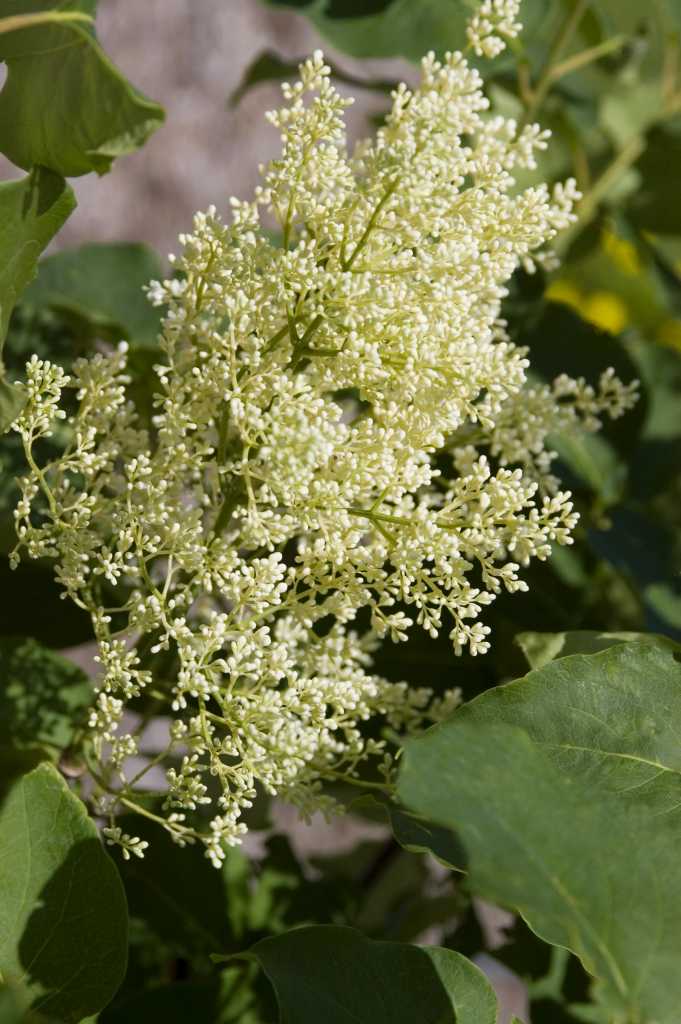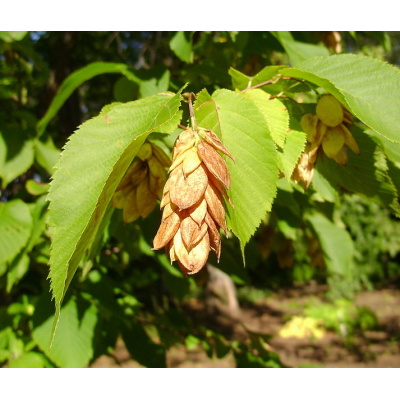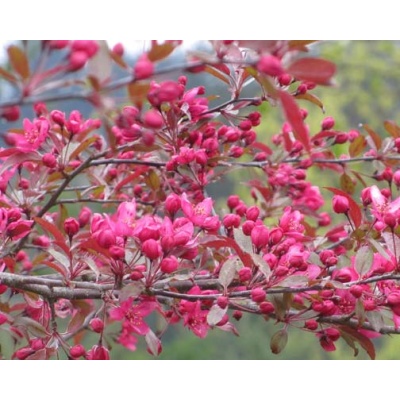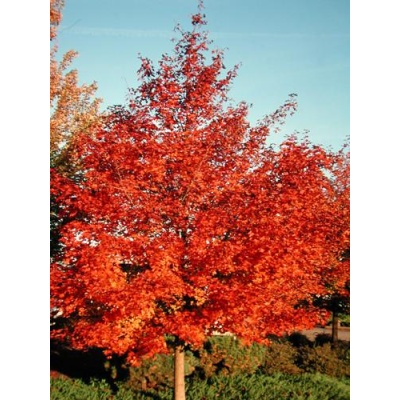Description
 Snowdance™ Japanese Tree Lilac
Snowdance™ Japanese Tree Lilac
Syringa reticulata ‘Bailnce’ PP20,458
Although the species tend to flower biannually, Snowdance™ flowers well annually and begins flowering at an earlier age than the species. It has exceptionally heavy bloom with large, fragrant, creamy white flower clusters in June. Lustrous dark green foliage is slightly larger and darker than the species. Snowdance grows as wide as it is tall with attractive, shelved branching. A pest- and disease-free lilac tree, it is ideal for residential and park use and is equally attractive as a specimen as it is in group plantings. Selected by Rod Bailey for its remarkably heavy bloom.
Height: 18′
Width: 20′
Exposure: Full Sun
Zone: 3-7
Additional Attributes
Foliage: Dark green
Growing Tips
Pruning: Summer after flower
Watering: Medium
Fertilizing: Balanced NPK




Reviews
There are no reviews yet.